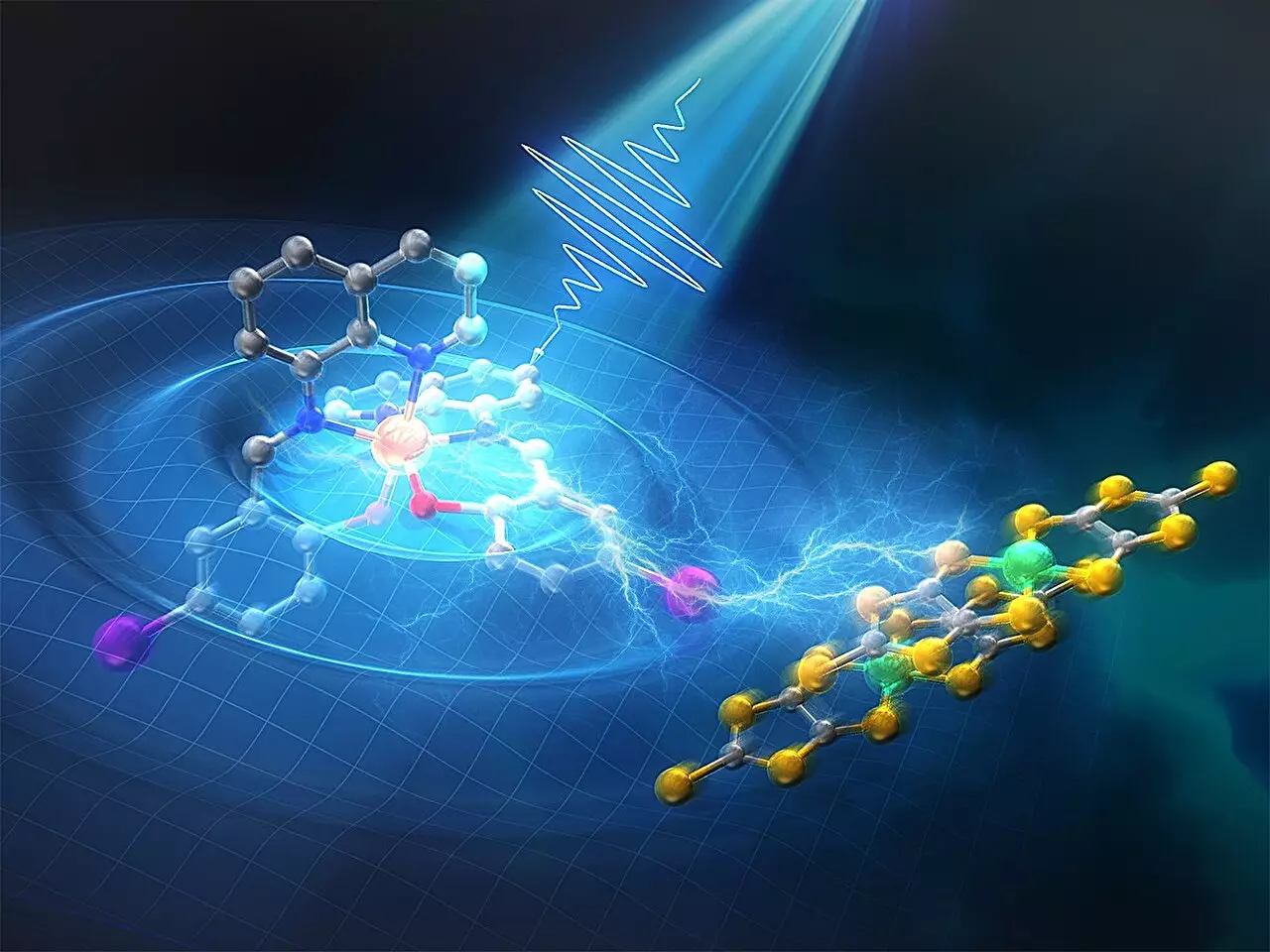The discovery of how halogen bonds can be utilized to manipulate sequential dynamics in multifunctional crystals has opened up new possibilities in the realm of crystal engineering. Halogen bonds are unique intermolecular interactions that occur between a halogen atom and another electron-dense entity, playing a critical role in the development of innovative photo-functional materials. This directional nature of halogen bonds is essential for understanding photoinduced structural changes within supramolecular systems, which are crucial for creating materials with ultrafast-response times for multilevel optical storage.
A collaborative research effort involving various institutions has delved into the photoinduced dynamics associated with halogen bonds in a prototypical halogen-bonded multifunctional system. By investigating the spin crossover mechanics triggered by changes in electron spin, the researchers aimed to unravel the influence of halogen bonds on rapid photoinduced changes within crystals. The study focused on [Fe(Iqsal)2][Ni(dmit)2]·CH3CN·H2O, a multifunctional crystal that undergoes both thermally- and photo-induced spin crossover-related phase transitions.
Unraveling Ultrafast Photoinduced Molecular Dynamics
Using a combination of sophisticated techniques including time-resolved visible absorption spectroscopy, mid-infrared reflectivity spectroscopy, and ultrafast electron diffraction, the researchers were able to track the ultrafast photoinduced molecular dynamics within the crystal system. By studying the changes from electronic, vibrational, and structural perspectives, the team gained deeper insights into the intricate processes and intermediates involved in the spin crossover phenomena.
Through quantum chemistry calculations based on the ultrafast electron diffraction results, the researchers uncovered the pivotal role of halogen bonds in guiding the photoinduced sequential dynamics within the crystal system. The existence of a photoinduced transient intermediate state (TIS) characterized by a high-spin state of cations and strong dimerization of anions was identified, highlighting the importance of halogen bonds in mediating these rapid changes. The transfer of excess energy between cations and anions via halogen bonds played a crucial role in the observed dynamics.
The findings of this study have significant implications for the design and development of new materials with ultrafast-response properties. By understanding the role of halogen bonds in directing sequential dynamics within multifunctional crystals, researchers can harness this knowledge to create materials with tailored functionalities and enhanced performance characteristics. The importance of ultrafast investigations in monitoring electronic and structural dynamics cannot be overstated, as highlighted by the researchers involved in this study.
The impact of halogen bonds on ultrafast photoinduced dynamics in multifunctional crystals represents a significant advancement in the field of crystal engineering and materials science. By unraveling the intricacies of halogen bond-mediated processes, researchers are paving the way for the development of cutting-edge materials with unprecedented capabilities. Further exploration of the role of halogen bonds in other systems holds promise for the creation of a new generation of materials with enhanced functionality and responsiveness.


Leave a Reply